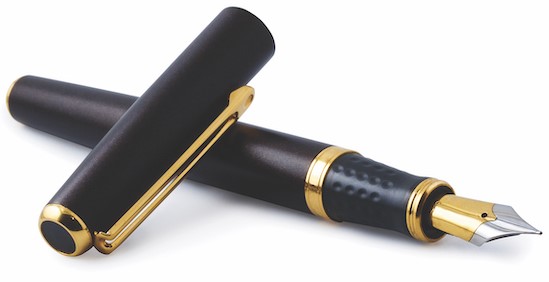
Tracking what you read makes it a cinch to recall and recommend those books.
Logs Jog Our Memories
Avid readers love to share recommendations for a good book. Sharing the right book can be easy — if you have an excellent memory, are recommending to people who read similarly to you, or you do it on a regular basis, that is. For the rest of us, a reading log or reading journal can help us recall and recommend books we have read.
A Basic Record
At its core, a reading log is simply a list of books you read or listen to. Elements you may want to capture in a reading log include:
- Date Finished (or Did Not Finish, a.k.a. “DNF”)
- Title
- Author
- Publication Date (generally the original date, not this edition or re-print’s date)
- Length (pages for books, hours for audiobooks)
- Category (Mystery, Romance, History, Self-help, etc.)
- Narrator Rating (for audiobooks)
- Would you recommend to someone else?
Logs are easy to keep and capture the basics. You may find interesting patterns with DNFs and authors or categories. Keeping the log in electronic format, like a spreadsheet, can be very useful as a recommendation or a writer’s tool to filter and search when you want to revisit books for research purposes.
Journal the Details
Beyond the basics is a reading journal. A journal is also a log, but it can be much more. The elements you capture depend on how you want to use your journal. Readers' Advisors (think “professional recommenders”) or reviewers may want to recall different elements than writers, and vice versa.
Elements you may want to capture in a reading journal include:
 Basic reading log elements
Basic reading log elements- One paragraph plot summary
- How much you enjoyed on a scale of 1-5 (or 1-10)
- A favorite passage, quote or scene
- Was there a character you most liked/disliked? Why?
- General strengths or weaknesses
- Why did you read this book? (Reading challenge, recommendation, cover caught your eye, etc.)
- For categories or genres: Is there a trope you want to capture? (e.g. Romance: forced proximity)
- For writers: What did you learn from the book in terms of your own writing?
Find Your Happy Medium
A hybrid of the log and journal formats is probably your best bet. Perhaps only fill out the extra “journal” information when the answer to “Would you recommend?” is “Yes,” if there was something particularly striking about the book, or if you rate the book the lowest or highest on your scale.
Remember: this is your journal. There are no rights or wrongs — only what works better or less so for you and your needs. You choose the elements that you want to track. You don’t have to fill everything out every time or get the publication date exactly right for the copy you read.
Your journal is meant to jog your memories, not act as a citation for a paper. Keeping a journal can help you become a more active reader, pinpoint your reading preferences, and understand why you would share a book with someone else — be they a friend, family member or even yourself at a future date.

